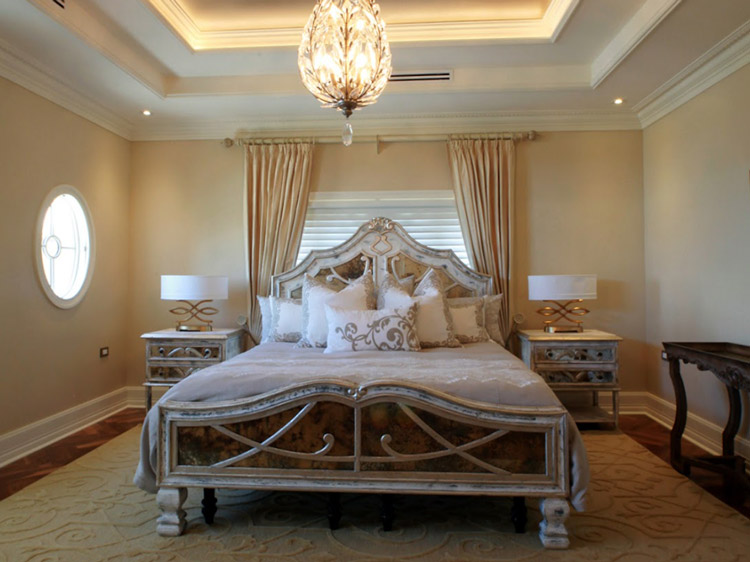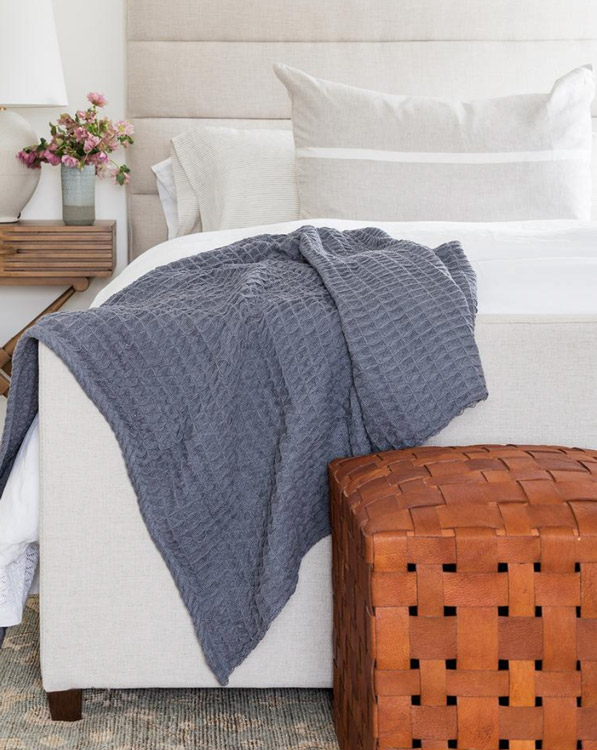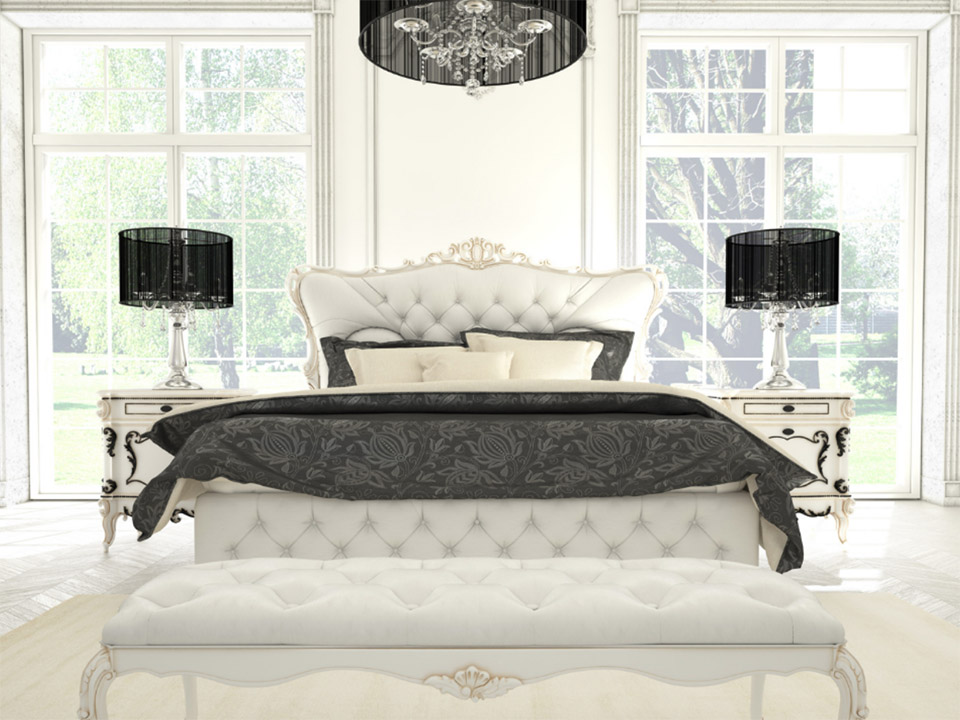More than we realize, color plays an essential role in our mood and happiness. A bedroom is for relaxing and having a good night’s sleep; therefore, you want to capitalize on anything that will help you wake up feeling energized and ready to go. That’s where your bedroom color comes in.
Even as you select the most relaxing bedroom color, you must ensure it reflects your personality, so you don’t feel lost in your bedroom. It is the most personal space in your house. There are many colors in the market today, each with various shades. This makes choosing and creating the right color one of the most challenging processes for beginners.
So let’s explore the best colors for the bedroom, alongside some of the science behind how the color of your bedroom affects both your mood and sleep.
Before You Choose
Choosing the perfect paint color for your bedroom may seem a little tricky. Luckily, you can make the decision easier by thinking about the environment you want to create in your room then picking a color that creates that feeling. Below are some tips to help you find the perfect starting point before choosing your color.
Base Your Color on The Furniture

Unless you’re furnishing your bedroom from scratch, it’s a good idea to consider the furniture, bedding, and decor you already have when you’re choosing a paint color. For instance, if you have wall art in your bedroom that you love, you might pick out a subtle tone from the picture as the inspiration for your walls.
This will create a cohesive look instead of introducing an entirely new color that doesn’t match your furniture, which may make your bedroom look too busy or chaotic. Ideally, your wall color doesn’t need to check your furniture, but it should all flow together.
Let the Decor Stand Out

Neutral colors like white, gray, and tan tend to fade into the background, so they’re great for creating a subtle ambiance. You can then use your furnishings, bedding, and decor to add pops of color to your room. Then, you could add a bold rug, curtains, and artwork in colors that reflect the tones in your bedding for a cozy, cheerful feel.
Do Your Research
If you are overwhelmed by the array of colors available, you can collect pictures from design magazines or online sites. Save the images you find while you’re browsing. Pick out the colors you see most often to help make your decision easier. After narrowing them down, you’ll remain with a few stand-out designs, and you can easily choose one of those according to the environment you want to create in your bedroom.
Let’s now look at some of the most common colors and the mood they ignite in your bedroom.
Blue
Blue is considered calming and serene, which is why it’s a popular color in bedrooms and bathrooms. Incorporate blue using light shades throughout the walls as they are the most conducive to sleep. These hues are soothing, promote feelings of calm, and are perfect for relaxing at the end of a long day. If you prefer a slightly warmer blue, shades such as periwinkle with hints of violet will suit your space. You can introduce these shades through bed linen, cushions, and other bedroom accessories. Pair your sophisticated blue tones with neutral colors such as beige or cream to continue the calming mood.
Yellow
Yellow is warm and comforting. Play with soft shades of yellow for a cozy, happy bedroom. Golden hues create warmth, while pale hues mimic sunshine and make the room feel expansive. Bring in pops of vibrant yellows to the bedroom with wall art or a single statement wall. Then opt for neutral colors elsewhere to avoid an overwhelming look. If you paint one wall yellow, consider calming oatmeal, white, or pale gray for the other walls for balance.
Using yellow on your walls is a great way to put yourself in a good mood at the end of the day, and it will also make you feel energized when you wake up in the morning.
Read more about HOW TO DECORATE A BEDROOM?
Green
Green denotes nature, which is a proven mood lifter. Bring this earthy color into the bedroom subtly using plants, or paint your walls with forest green shades to enjoy the benefits. Light green is perfect for creating an earthy backdrop that will remind you of spring and renewal, while medium-toned green can make your room feel like a cozy escape. Deep, saturated green tones will call to mind the moody drama of the forest. Again, don’t use too much green in your bedroom. It might be overwhelming. Try a bold feature wall, or use yellow-green accessories such as cushions, throws, or vases. You can also brighten the room with light wood furniture, matching bedding, and decorations made of wood and brass.
Lilac
As well as other bold colors, opting for subtler shades with the color of your bedroom can also have positive effects on your mood. A Relaxing bedroom color scheme such as lilac brings restful qualities to a bedroom to help you sleep, as can other pastel shades such as blush pink or beige. You can use this subtle shade on all four walls of your bedroom as it isn’t too overpowering. Incorporate more exciting colors such as darker shades of purple or hints of its complementary color yellow. Also, introduce these shades through your curtains, throws, or wall art.
Red and Orange
While painting your walls in such bright colors is certainly a bold choice, hues like red can inspire warmth and passion in your bedroom. You have to be very careful when choosing, as over-saturated tones can deprive you of sleep. If you’re worried that using bold shades will be too overwhelming in your room, consider painting a red accent wall behind your bed. Then, you can use a calming grey or tan on the other barriers to soften the effect. You can also pair dark furnishings and bedding with a rich burnt orange for a moody, sophisticated feel. These colors are a great choice if you have a hard time waking up in the morning.



